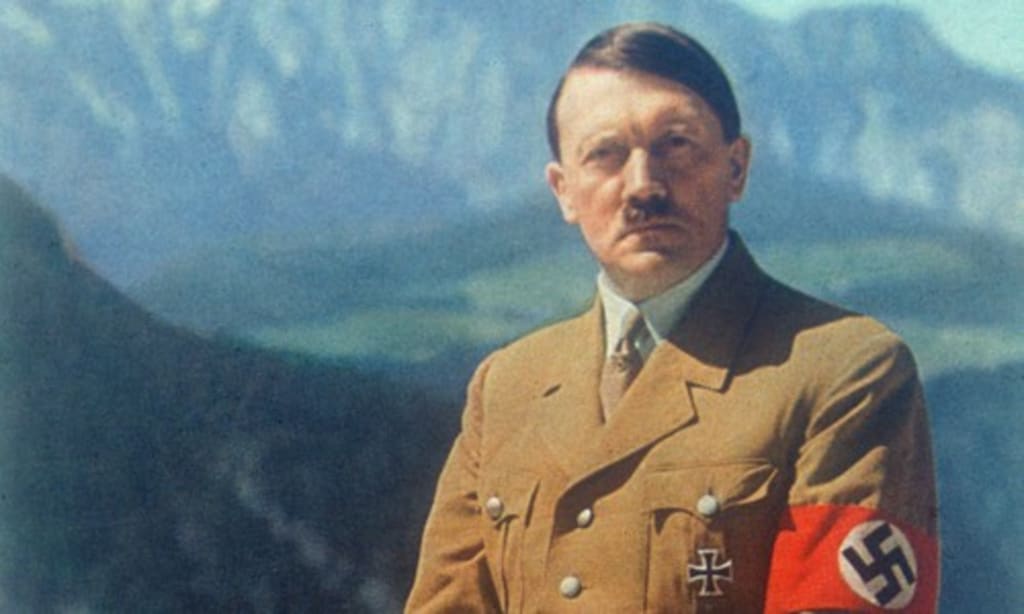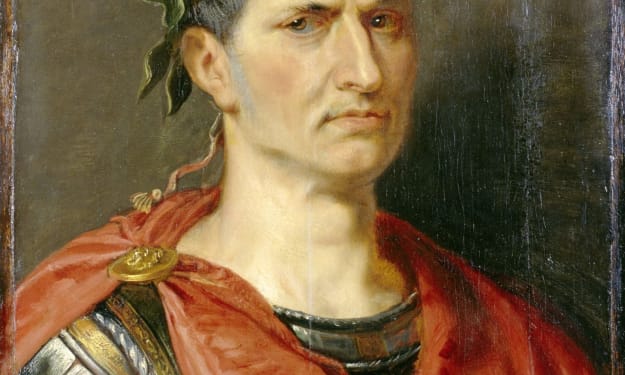Story About a Dictator
The Rise and Fall of Adolf Hitler: A Tale of Ambition, Power, and Destruction

Adolf Hitler, one of the most infamous figures in history, was born on April 20, 1889, in Braunau am Inn, Austria. His early life was marked by a series of struggles and failures that seemed to set the stage for his later transformation into a dictator. Hitler's father, Alois, was a strict and often abusive figure, while his mother, Klara, was more nurturing and doted on him. Despite her affection, young Adolf was a troubled student, frequently clashing with teachers and authority figures.
In 1907, at the age of 18, Hitler moved to Vienna with aspirations of becoming an artist. He applied to the Academy of Fine Arts Vienna but was rejected twice, a significant blow to his dreams. Struggling to make a living, he found himself in a city teeming with political and social unrest. It was during this period in Vienna that Hitler's worldview began to take shape. He became deeply influenced by the rampant anti-Semitism and nationalist ideologies circulating in the city, which would later become central to his political agenda.
By 1913, Hitler moved to Munich, Germany, where he lived a bohemian lifestyle. When World War I broke out in 1914, he volunteered to serve in the Bavarian Army. Hitler found a sense of purpose and camaraderie in the military, serving as a dispatch runner on the Western Front. He was wounded twice and awarded the Iron Cross for bravery. However, Germany's defeat in 1918 devastated him. The Treaty of Versailles, which imposed harsh penalties on Germany, further fueled his resentment and sense of betrayal.
After the war, Germany was in chaos. The Weimar Republic, established in 1919, was struggling with economic hardship, political instability, and social unrest. Hitler, now a discharged soldier, returned to Munich. In 1919, he joined the German Workers' Party (DAP), a small nationalist and anti-Semitic group. Hitler's oratory skills quickly set him apart, and he became the party's primary spokesman. By 1920, the party was renamed the National Socialist German Workers' Party (NSDAP), or Nazi Party.
Hitler's charismatic speeches and propaganda attracted a growing number of followers. In 1923, he led an attempted coup known as the Beer Hall Putsch in Munich, aiming to overthrow the Weimar government. The coup failed, and Hitler was arrested and sentenced to five years in prison. During his imprisonment, he wrote "Mein Kampf" (My Struggle), outlining his ideological vision for Germany's future, which included anti-Semitism, Aryan supremacy, and the need for Lebensraum (living space) for the German people.
Released after just nine months, Hitler set out to rebuild the Nazi Party. The Great Depression, beginning in 1929, created widespread economic suffering and disillusionment with the Weimar Republic. Hitler exploited these conditions, promising economic revival, national rejuvenation, and the restoration of Germany's former glory. By 1932, the Nazi Party had become the largest party in the Reichstag, Germany's parliament.
In January 1933, Hitler was appointed Chancellor of Germany. He quickly consolidated power, using the Reichstag Fire in February 1933 as a pretext to push through the Reichstag Fire Decree, which suspended civil liberties and allowed for the arrest of political opponents. The Enabling Act, passed in March 1933, gave Hitler dictatorial powers. Over the next few years, he systematically dismantled the democratic institutions of the Weimar Republic, established a totalitarian regime, and began implementing his vision of a racially pure, expansionist Germany.
Hitler's aggressive foreign policy led to the annexation of Austria in 1938 and the invasion of Czechoslovakia in 1939. On September 1, 1939, Germany invaded Poland, triggering World War II. Initially, the German military, utilizing blitzkrieg tactics, achieved rapid successes across Europe. However, Hitler's ambitions soon led to strategic blunders, such as the invasion of the Soviet Union in 1941 and the declaration of war on the United States the same year.
As the war dragged on, the tide turned against Germany. By 1944, the Allies were advancing on multiple fronts. Meanwhile, Hitler's regime perpetrated the Holocaust, the systematic genocide of six million Jews, along with millions of others deemed undesirable by the Nazi ideology.
In April 1945, with Berlin surrounded by Soviet forces, Hitler retreated to his underground bunker. On April 30, 1945, facing imminent defeat, he committed suicide alongside his wife, Eva Braun. Hitler's death marked the end of the Third Reich, but his legacy of terror, destruction, and genocide has left an indelible scar on history.






Comments
There are no comments for this story
Be the first to respond and start the conversation.